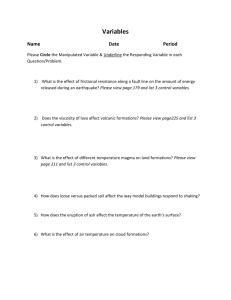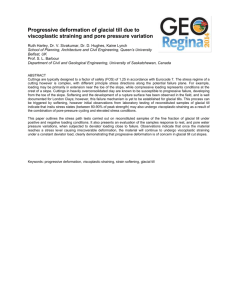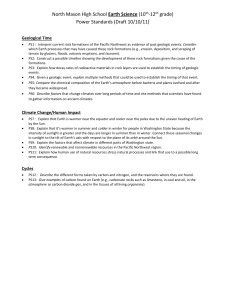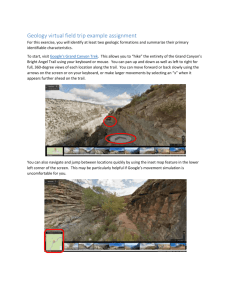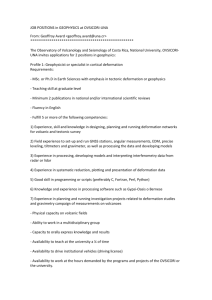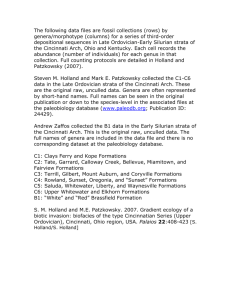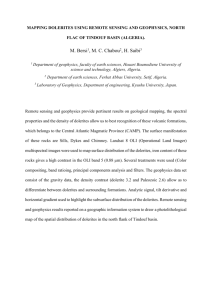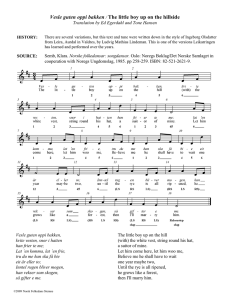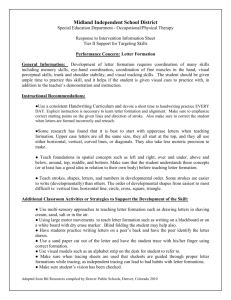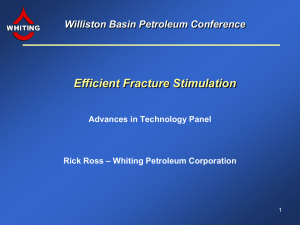Click here - The Gibson Group
advertisement
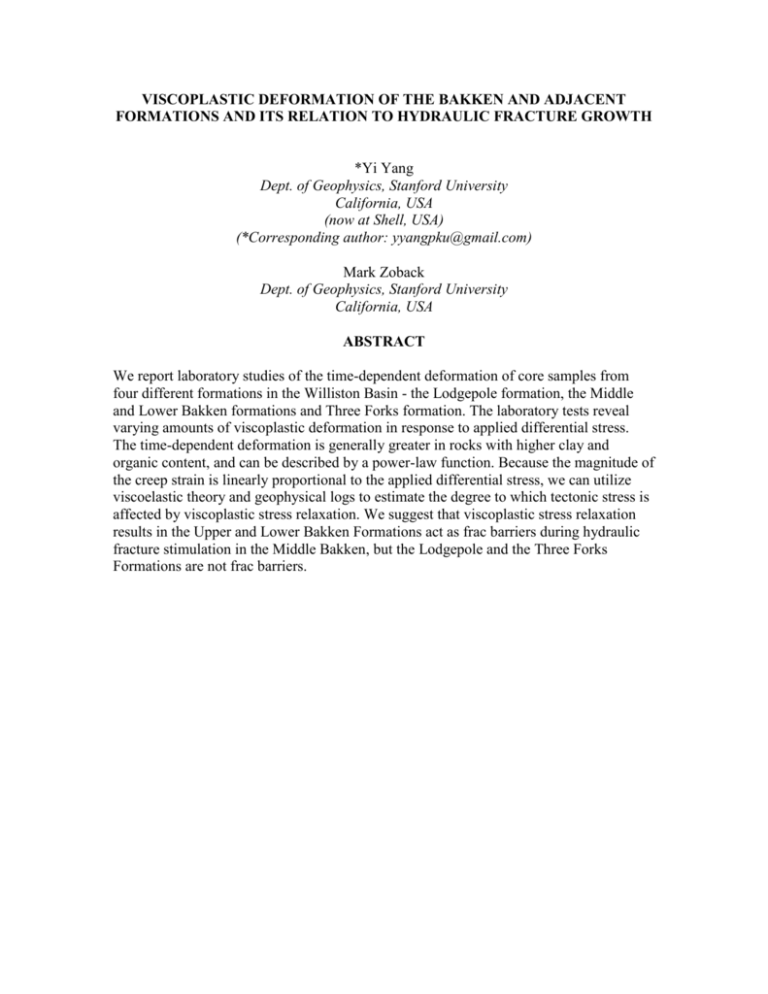
VISCOPLASTIC DEFORMATION OF THE BAKKEN AND ADJACENT FORMATIONS AND ITS RELATION TO HYDRAULIC FRACTURE GROWTH *Yi Yang Dept. of Geophysics, Stanford University California, USA (now at Shell, USA) (*Corresponding author: yyangpku@gmail.com) Mark Zoback Dept. of Geophysics, Stanford University California, USA ABSTRACT We report laboratory studies of the time-dependent deformation of core samples from four different formations in the Williston Basin - the Lodgepole formation, the Middle and Lower Bakken formations and Three Forks formation. The laboratory tests reveal varying amounts of viscoplastic deformation in response to applied differential stress. The time-dependent deformation is generally greater in rocks with higher clay and organic content, and can be described by a power-law function. Because the magnitude of the creep strain is linearly proportional to the applied differential stress, we can utilize viscoelastic theory and geophysical logs to estimate the degree to which tectonic stress is affected by viscoplastic stress relaxation. We suggest that viscoplastic stress relaxation results in the Upper and Lower Bakken Formations act as frac barriers during hydraulic fracture stimulation in the Middle Bakken, but the Lodgepole and the Three Forks Formations are not frac barriers.
